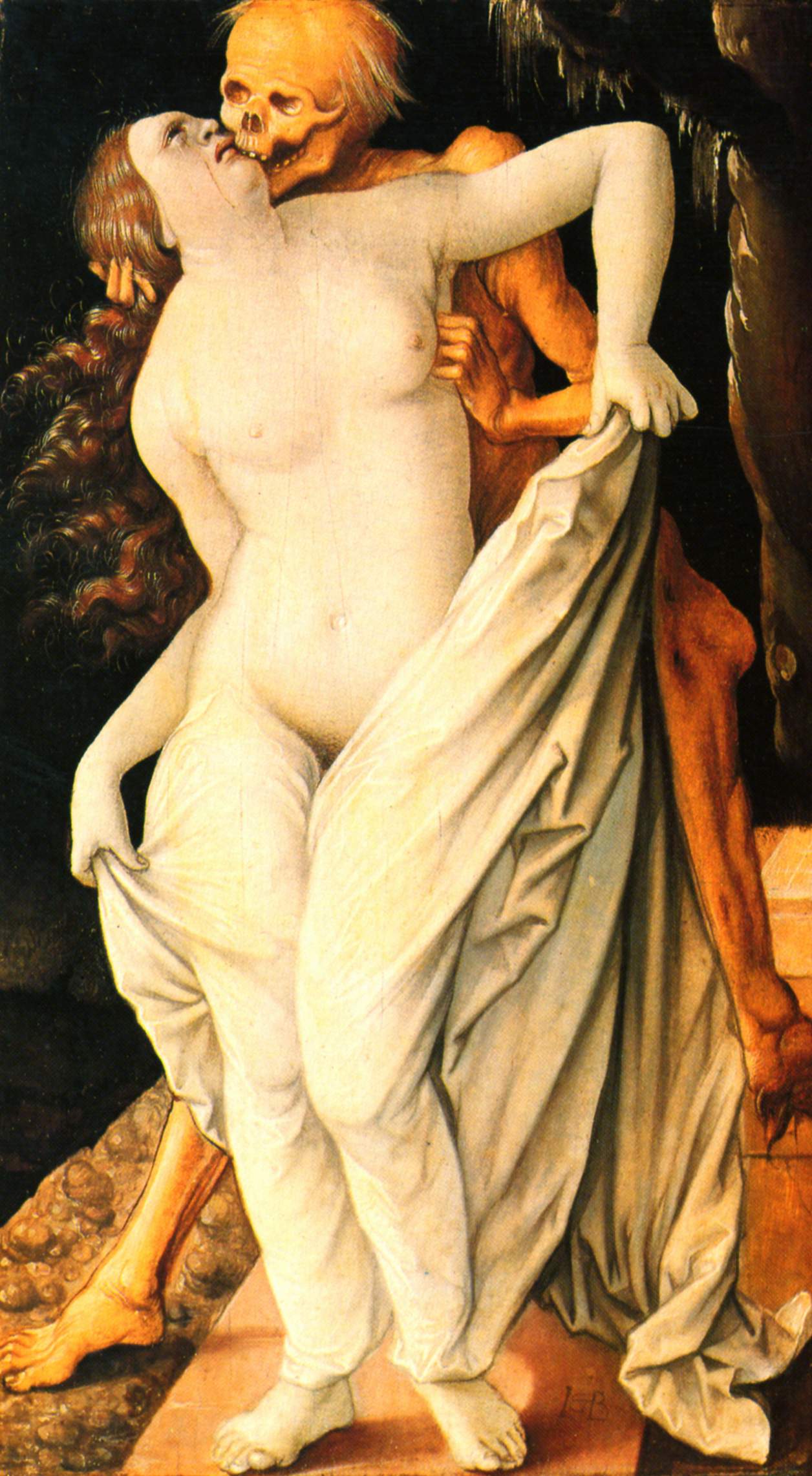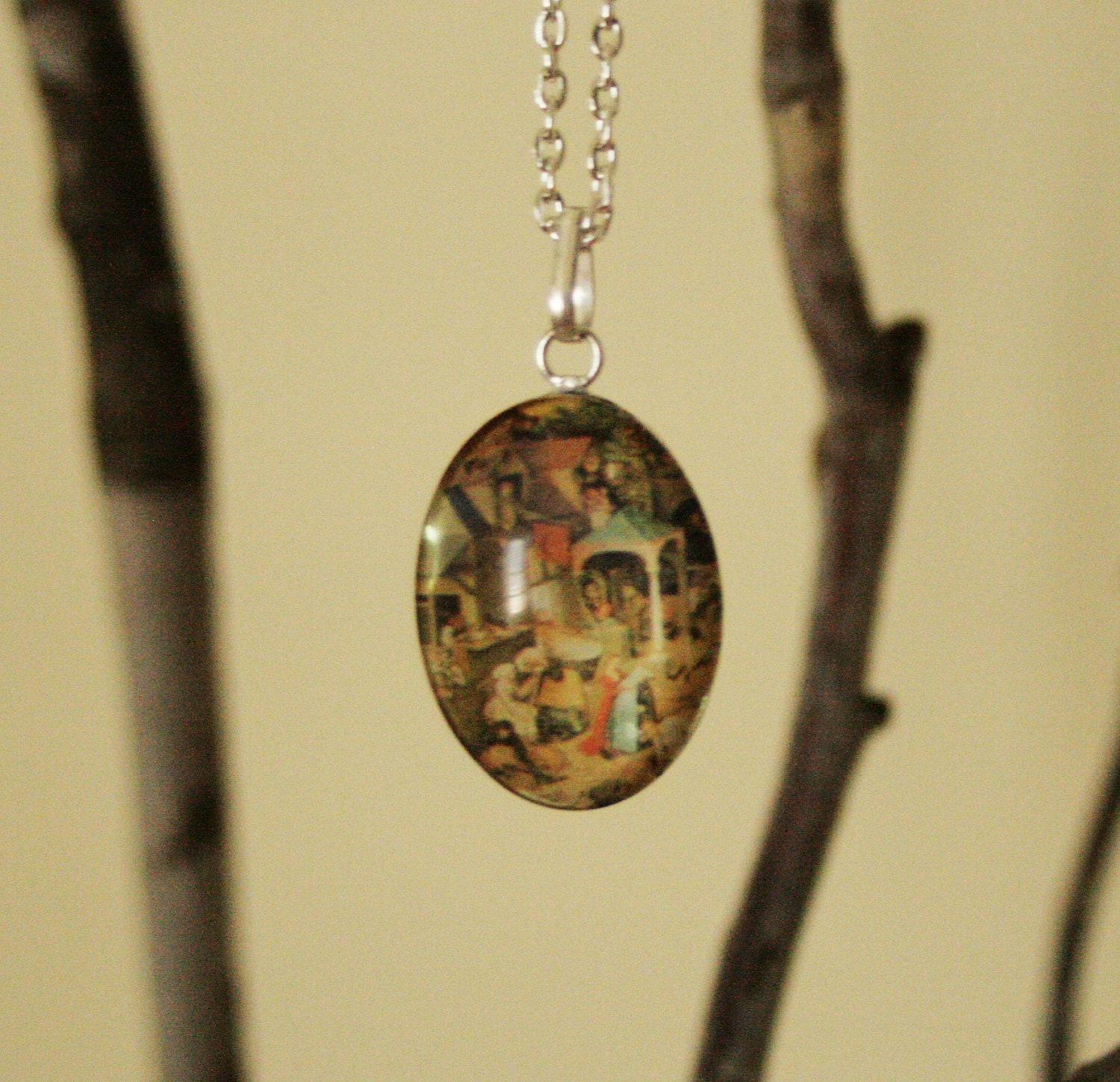The Isenheim Altarpiece addresses death and immortality through
the depictions of Christ, both dying on the cross on the exterior as well as
his resurrection on the interior. The function of this piece, as an aid in
preparation for death, and its placement in hospitals can be compared with the
hospitals of todays time that are more fixated on healing and life. The
recurring portrayal of disease and descriptive suffering of the figures evoke
feelings of both fear and repulsion.
Matthias
Grunewald
Isenheim
Altarpiece
1512-1516
Oil on panel
Unterlinder
Museum, France
The Isenheim Altarpiece, painted by Matthias Grunewald, functioned as a visual
reminder for patients at a hospital. Its purpose was to evoke a sort of
downward comparison between the patients and Christ and remind the sick of the
agony he endured. Even though it may seem like they patients themselves are
going to die of St. Anthony's disease (acquired by consuming infected bread and
resulting in gangrene limbs and other deformations) it could always be worse.
This is depicted through the gangrene flesh covered Christ below in the
prudella, covered in pus and ready to be entombed. When the altarpiece is
opened, Christ's limbs appear as if they are being detached – much like those
suffering from St. Anthony's disease. This graphic portrayal of suffering
throughout the altarpiece is described in a book review by A.D. Wright where he
suggests that the Isenheim Altarpiece continues to receive scholarly analysis
through its ability to perplex and disturb.
Matthias Grunewald
Isenheim Altarpiece
1512-1516
Oil on panel
Unterlinder Museum, France
On the interior of the
altarpiece more of the same depictions of torment appear. St. Anthony is seen
being tempted by the demons. He is also surrounded by sickly figures, suffering
from similar diseases as the hospital patients viewing the altarpiece. The
viewer can see the effects of St. Anthony’s Fire in the figure to the bottom
left of St. Anthony. The blackened limbs and boils on his flesh are prominent.
However, symptom not often related to this disease is also shown – the victims
webbed feet. Different from today's culture, people that were intended to view
the Isenheim Altarpiece were not at the hospital to heal; they were there in
preparation for death. They were supposed to find empathy in these images of
the suffering by understanding that the figured depicted had endured much worse
physical pain than they were experiencing. An article titled The Meaning
and Function of the Isenheim Altarpiece: The Hospital Context Revisited in The Art Bulletin, written by Andree
Hayum, reinforces this idea of medicine as a way to ease the suffering of
illness rather than cure the disease. He brings up bloodletting and amputation
as a means of relieving their symptoms without the hope of actually preserving
their life.

Matthias Grunewald
Isenheim Altarpiece
1512-1516
Oil on panel
Unterlinder Museum, France
The exterior of the
altarpiece encourages the patients to endure the pain that is clearly lesser
than that of Christ's to ultimately witness the resurrection of Christ. The
depiction is portrayed as a much more hopeful scene in comparison to the
interior. This resurrection was meant to give the hospital patients hope that
their pain would pass just as Christ's had.









